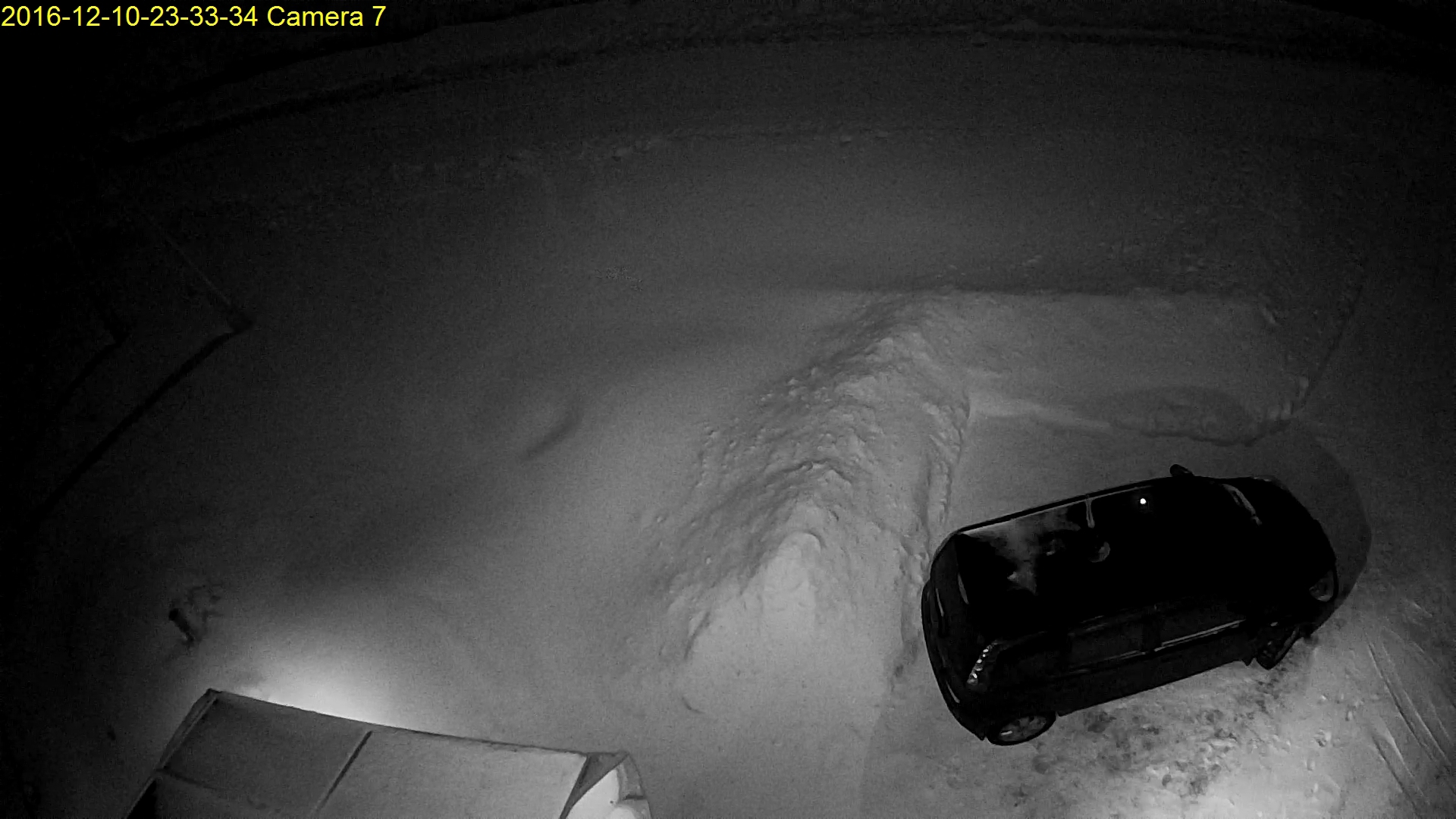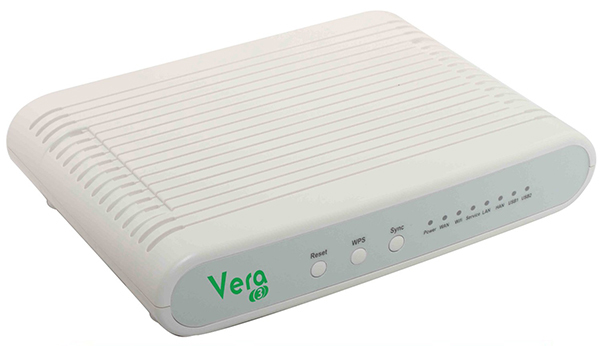Smart home: on guard for peace and security
My previous articles about Smart Home
 Many of the topics I have poured into a whole series of articles: about a solar power station or, for example, about a smart home. My house, meanwhile, is being completed and overgrown with new features with the addition of new technologies. Now I’ll touch on the security functions based on the smart home controller, and if it’s interesting for dear readers, I’ll make a separate article on the transition from analogue to digital video surveillance. How much does it cost, what is better and what kind of buns does the owner of his house receive?
Many of the topics I have poured into a whole series of articles: about a solar power station or, for example, about a smart home. My house, meanwhile, is being completed and overgrown with new features with the addition of new technologies. Now I’ll touch on the security functions based on the smart home controller, and if it’s interesting for dear readers, I’ll make a separate article on the transition from analogue to digital video surveillance. How much does it cost, what is better and what kind of buns does the owner of his house receive?And in this article I will talk about how the smart home began to monitor the perimeter security.
During the construction of the house, I initially laid the wires to connect different types of cameras. And if earlier they were analog cameras, the picture from which could be seen in the article How a smart home did not let the cat freeze , it was decided to switch to a number for several reasons: a better picture, more features, a noticeably more flexible system. Now, to receive alerts, there is no need to use additional sensors: we use only the smart home controller and camera.
For comparison, I will give the analog and digital photo cameras:
')
So the cameras look from the side of the lens:
It can be seen that the Ezviz digital camera is almost two times shorter than the Laice analog camera, and they are almost the same diameter. As for the resolution of the image, I will give examples in full size to make it clearer. The first is a frame from an analog camera (resolution 704x576):

The second is a frame from a digital camera (resolution - 1920x1080). The difference between the pictures - less than a day. Filmed specially at night without street lighting. Thus, you can immediately note the different resolutions and operation of the built-in IR illumination of the camera.

Smart home and security system
Increasingly, apartment and house owners are faced with the fact that providers allocate a gray IP address and do not reach their own security system from the outside. DDNS does not always help, so you have to get bogged down with the purchase of VPN and other paid services. What I liked about the VERA controllers is that it works right through the manufacturer’s website. That is, the registered controller itself knocks on the manufacturer and on the same site you can work with the controller interface. You can view your cameras in the same controller - just connect them.
For those who are too lazy to read my previous articles, let me remind you that the logical center of a smart home is Z-Wave Mi Casa Verde Vera 3

He can even act as a Wi-Fi router, but this is not about that now. There is a Cameras section in the menu - it interests us. We start the connection and see that the controller requires the direct address of the stream.
It should be noted that all digital cameras give video stream. Some cameras can give two or even three streams with different characteristics. Including there are streams of images that are updated with a given frequency or on request file.
Since I have an Ezviz C3S camera involved, and the instructions are extremely laconic and do not provide for such a deep penetration into the camera properties, I had to contact the manufacturer’s support service. Pretty quickly, I received a PDF in which the paths of the necessary streams were described and I started the setup: 192.168.0.114/Streaming/channels/1/picture - this is the stream address for getting the picture. Perhaps someone will find this useful. But the camera does not give the data without authentication and you need to enter a username and password. Here we need a smartphone. The camera has a sticker with a QR code that contains the model name, manufacturer, serial number and six-letter password. Login is always the standard admin. In the next window on the TEST button, a picture from the camera should appear.
In the same way we add all subsequent cameras.
Thus, it is now possible to control the smart home and watch the cameras, having even the simplest modem with a gray IP and minimal traffic, since the entrance to the controller occurs via the manufacturer's server.
If you want the smart home to react to the movement recorded by the camera, then you need to either choose cameras that support the Z-Wave protocol, which greatly reduces the number of searches, or delve into the possibilities of plug-ins. The idea with the plugin I spied the Americans here . The bottom line is that the camera, when motion is detected, opens a pre-formed link that leads to the smart home controller.
Link example
veraip : 3480 / data_request? id = action & DeviceNum = DEVICEID & serviceId = urn: dcineco-com: serviceId: VMotion1 & action = SetTripped & OnTime = 30
Where VERAIP is the IP address of the controller in the local network, unit and DEVICEID are the id of the sensor and the devices that formed the Vera controller
Where VERAIP is the IP address of the controller in the local network, unit and DEVICEID are the id of the sensor and the devices that formed the Vera controller
The Virtual Motion Sensor plugin intercepts the link and processes it as a motion sensor trigger. Well, then you can configure with the help of scenes any event: from a silent alert to the host PUSH or E-Mail message to turn on the siren, flashing lights and all security and defense systems.
Conclusion
Well, to summarize. The digital camera was equally easy to install, just like an analog one. It takes a little less space and is configured independently. In addition, the smart home controller that supports work through the provider's site allows you to receive a picture regardless of the gray IP address. Connecting to the smart home controller also made it possible to organize a security system, focusing on the presence of motion in the frame, which is quite useful. The sensitivity parameters of the movement allow you to remotely adjust the absence of false alarms on birds and small animals, but it definitely works on the presence of people. In general, the experience is positive, so the integration into the smart home system will continue.
Source: https://habr.com/ru/post/400197/
All Articles